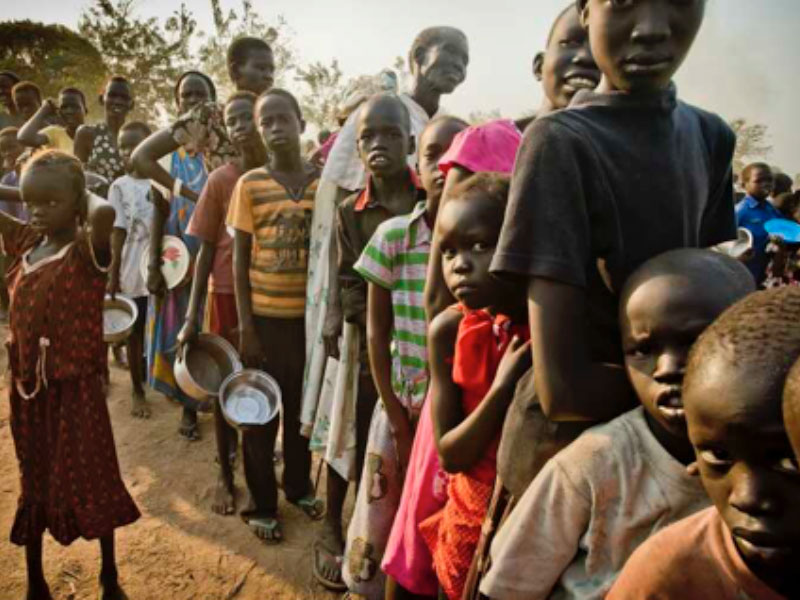By Abidemi Adebamiwa
Nigeria is a country with incredible resources and potential, yet millions of its people face the heartbreaking reality of not knowing where their next meal will come from. By mid-2024, around 26.5 million Nigerians could go hungry, up from 18.6 million in late 2023, according to recent hunger projections highlighted in global hunger reports.
This growing crisis is fueled by conflict, climate change, a tough economy, and poor infrastructure. If nothing changes, the effects will ripple across the nation, threatening its future.
Conflict is a major cause of hunger in Nigeria. As highlighted in reports like the World Hunger Index, weak institutions and political instability have made recovery difficult, particularly in the northeast, where kidnappings and violence prevent farmers from working their fields. This instability drives up food prices and empties markets, leaving families with little to eat.
Climate change makes the situation worse. Studies, including those cited by the United Nations, show how floods, droughts, and unpredictable weather destroy crops and livelihoods. Farmers in rural areas—the backbone of Nigeria’s food supply—are left struggling to rebuild after disasters. The result? Smaller harvests and increased reliance on expensive food imports that strain the country’s economy.
To make matters worse, rising inflation has pushed the price of basic food items out of reach for many Nigerians. With household incomes stretched thin, hunger and malnutrition are becoming everyday struggles for millions.
But there is hope. Other countries have faced similar challenges and found solutions that Nigeria can learn from. In Ethiopia, the Productive Safety Net Programme provides food or cash to struggling households in exchange for community work. This approach has helped families survive tough times while building long-term resilience.
Brazil’s Zero Hunger Program is another success story. By supporting small farmers, offering cash transfers, and providing school meals, Brazil drastically reduced hunger and poverty. Their holistic approach ensured families could afford food while also boosting local agriculture.
India’s National Food Security Act is an example of the power of government policy. Global analyses have praised how this act guarantees affordable food grains for the majority of India’s population, ensuring millions have enough to eat.
As we transition to actionable solutions, it is equally important to revisit Nigeria’s own past successes, such as Operation Feed the Nation and the Better Life for Rural Women program. These initiatives hold valuable lessons for tackling today’s food insecurity.
In the next part of this series, we will explore how these strategies can be revitalized and combined with global best practices, breaking down the steps Nigeria can take to achieve a hunger-free future.
Abidemi Adebamiwa writes from Pleasanton, California, USA

